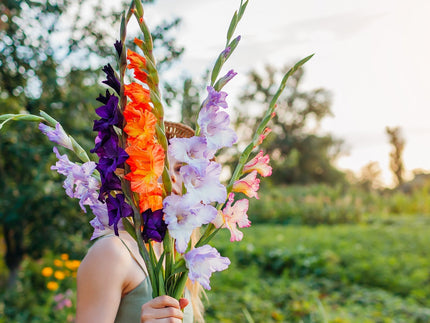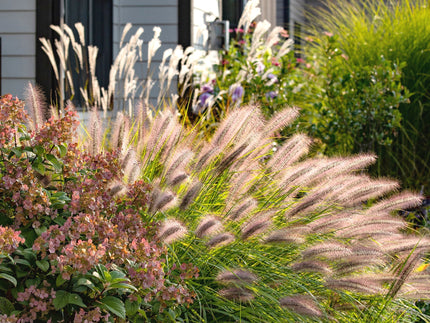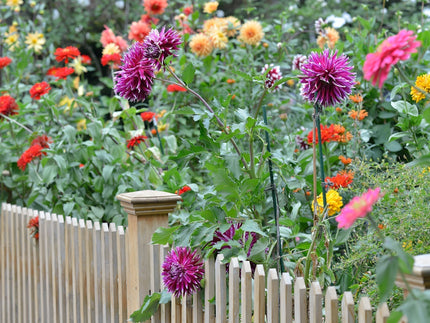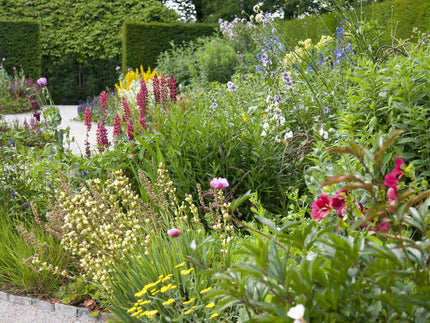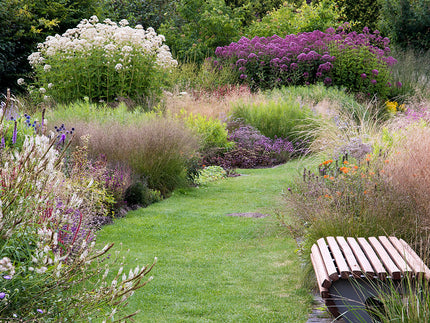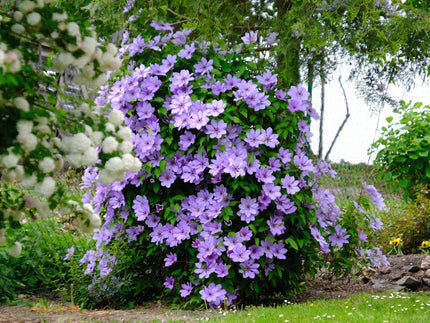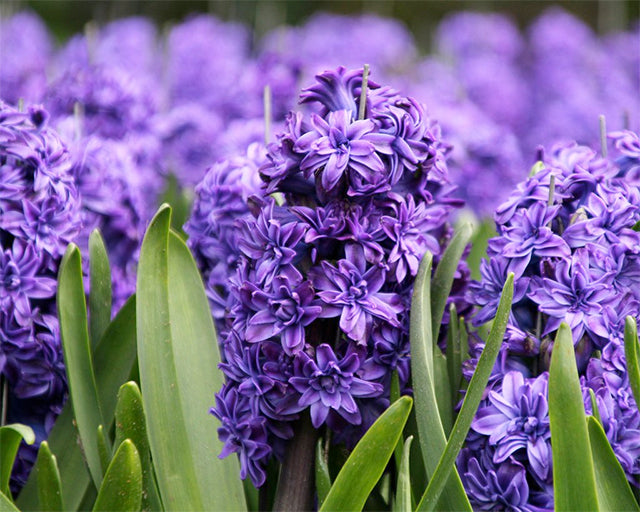
Double Hyacinths Make a Historic Comeback
When we look at Farmer Gracy’s superb range of Hyacinths, we spot something that might seem quite new: double-flowered Hyacinth varieties. Strange though it may seem, double hyacinths were once discarded. Then they became a fashion craze before disappearing into obscurity - only to be rediscovered by connoisseurs in relatively recent times.
Hyacinths were once almost as popular as Tulips, and avid gardeners flocked to buy the vast range of varieties that were available at the time. Strange though it may seem, the first double hyacinths were often discarded as genetic oddities. Because they weren’t true-to-type, growers who discovered them among their breeding stock regarded them as “inferior”, but later began to recognize their true potential.
In the 18th century, Dutch growers offered the world a plethora of Hyacinth varieties, including double ones, and their popularity seemed assured. Double Hyacinths were among the most sought-after, but then they vanished from the scene.
The Disappearance of Doubles: What Went Wrong?
The austerity of the Victorian age has become a byword. It was an era in which grief was glorified and adorned with many costly trappings, but in which pleasure was considered frivolous. This fashion for austerity in almost all things led to a preference for simplicity in garden flowers too. There were no extra frills and flounces in the truly Victorian flower garden.
Flamboyant double hyacinths were regarded with suspicion. How dared these exotic beauties flaunt their profusion of petals, and what should one say of the scandalous gardener who encouraged them to do so?
But still, double varieties, though greatly reduced in number, continued to enjoy some support, and while some vanished, breeders still dared to introduce a few new ones. However, it was the beginning of the end for double Hyacinths, and by the end of World War II, most growers only offered single varieties.
Collectors and Dedicated Plant Breeders Don’t Care About Fashions
A true plantsman or woman doesn’t care about fashions. That’s a good thing because it was these enthusiasts who preserved double hyacinths in their collections. Hyacinth Hollyhock, a 1930s variety, was among these, and it only began to achieve the recognition it deserved after the Royal Horticultural Society put it to the test in 2008.
Plant breeders are enthusiasts too. The patience it takes to breed new varieties is a testament to that. Most doubles don’t readily set seed, and even if they do, it takes at least five years before growers can see and evaluate the blooms.
There’s also no guarantee that offspring from a double variety will result in the plump blooms the breeder hopes for. After that, a single selection will take years to propagate despite advances such as tissue culture which allows for mass cloning of selected specimens.
Patience Pays Off
Today, gardeners actively seek out the rare, the unusual, and the beautiful. The decades of patience that have resulted in the preservation of old double Hyacinth varieties, and the introduction of newer ones, have paid off.
Yes, Double Hyacinths are still rare and unusual, but you can enjoy their bounty with ease. Farmer Gracy sees to that. And with a little care, your hyacinth bulbs will stand the test of time too. Choose between luxurious pink, ice blue, deepest navy, and the exciting, bicoloured Eros Hyacinth. What’s next? Follow Farmer Gracy on the quest for ever more exciting plant varieties for UK gardeners.




































































































































































































